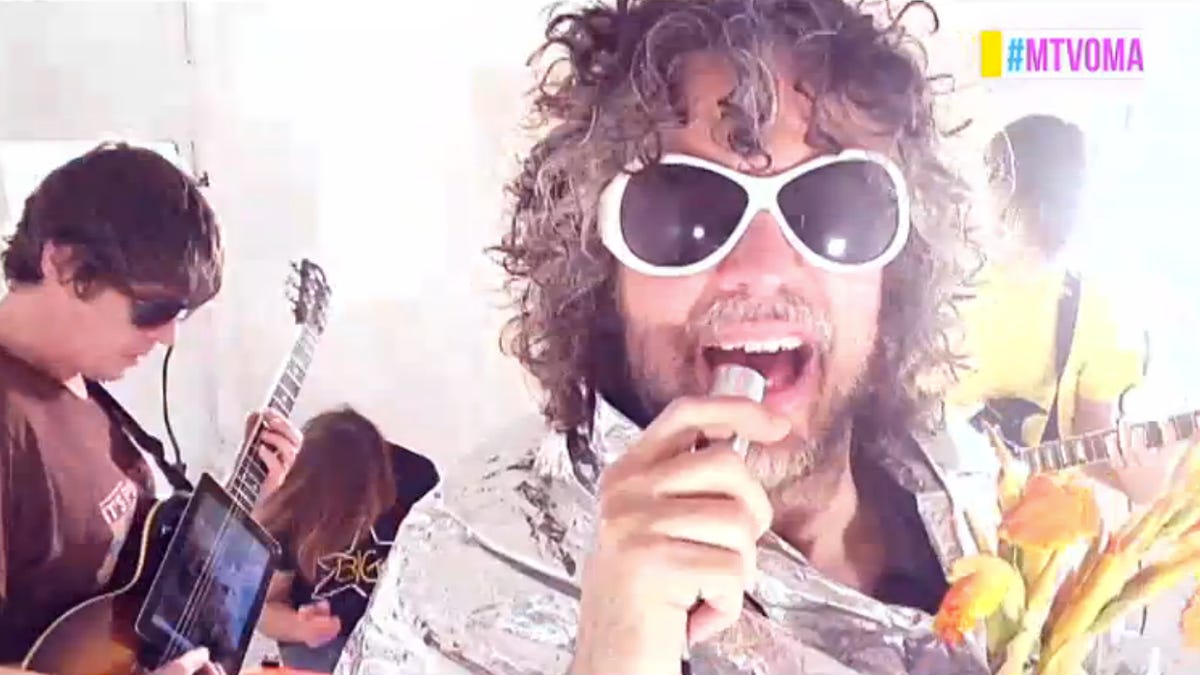Post-YouTube, MTV revives the video star -- briefly
After forces like YouTube hammered the final nail in the coffin of music-centered TV channels that actually played music, Viacom's channels resuscitate the notion -- at least for a few hours.

MTV is music television again, for just one day. Actually, not even that.
MTV, the channel founded on the concept of music videos aired 24/7, is partway through a 12-hour stint as a music-centric enterprise again. It and fellow Viacom cable networks VH1 and CMT are showing videos, performances, music moments from history, and artist interviews from 6 a.m. to 6 p.m. ET/PT Thursday, in an event they've branded Music Independence Day.
What killed music on MTV? YouTube? Google's video site is definitely a beneficiary of the dearth of music on TV, but its role in the demise is more accessory than kingpin.
Music-dedicated programs were already on the outs at MTV before online music videos became the powerhouse they are now. TRL, MTV's daily music video countdown program, hit its ratings peak in 1999, the same year Google moved out of a garage for an office.
Unscripted programs and their windfall of ratings elbowed out music programming on MTV. It started with the first "Real World" in 1992, evolved to the likes of "Jackass" in 2000 and "The Osbournes" in 2002, and reached an unprecedented high (or low?) with the ratings juggernaut of "Jersey Shore" in 2009.
The following year, MTV removed the words "music television" from its logo.
All the while, the amount of music played on music television dwindled. From the year TRL had its biggest audience through 2012, the number of videos played on the four main cable music channels -- MTV, VH1, BET, and CMT -- shrank by about two-thirds, according to data from Nielsen.
The Internet welcomed the music video audience. Of YouTube's top 30 videos of all time, all but one are music. Most are funneled in from Vevo, the music industry's version of Hulu. Vevo, the third biggest video site on the Internet in its own right, is a joint venture owned by Universal Music, Sony Music Entertainment, and Abu Dhabi Media Group. YouTube just renewed its agreement with Vevo, keeping its videos on Google's site.
Even though MTV's music-video binge Thursday can be seen as a transitory return to form, Internet influence is there. To have their music and videos considered for MTV, CMT, and VH1 as part of the 12-hour block, artists could claim or create a page on the Artist Platform -- the channels' music discovery sites -- and opt in to Music Independence Day. Artist Platform allows visitors to leave monetary "tips," and Viacom and sponsor Monster DNA Headphones are matching those paid to unsigned artists during the program dollar for dollar, up to $100,000.
For another collision of MTV's past and present, let's walk through a little of music videos' heyday on the channel, courtesy of YouTube.

